Cosmic horror is a tricky genre to accurately describe. That’s partly because it chooses to explore themes that are deliberately weird and unimaginable. It frequently features aliens that try to terrify through confusion; appearing without any distinguishable features, or any obvious motive or explanation. Cosmic horror’s aim is to present a threat that is as ancient and mysterious as the universe itself. One that taps into an existential dread that makes the audience question their reality.
It can certainly get quite heady, and the films are often divisive for this reason (as some of the following ratings will prove). However, for those who appreciate it, cosmic horror can produce some of the most original, thought-provoking and terrifying films ever made.
Event Horizon (1997) – 27%
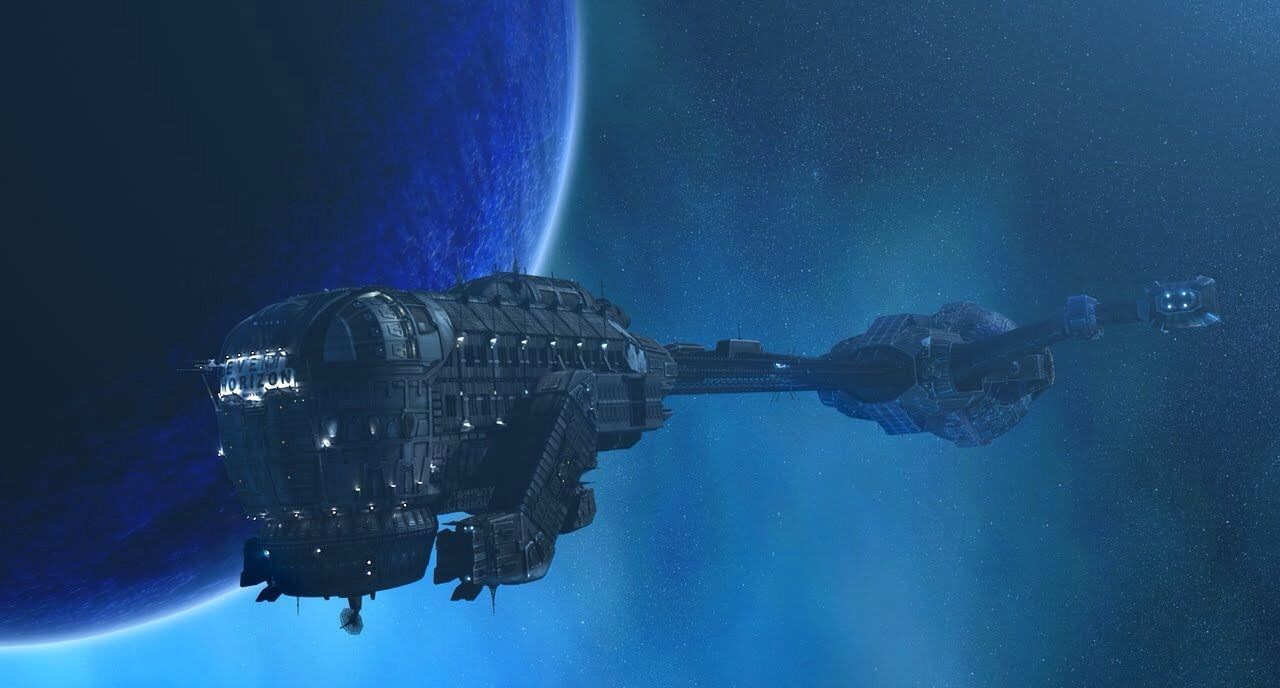
A crew of astronauts is on a rescue mission to save the lost ship Event Horizon, which has managed to rip a hole in spacetime allowing a hell dimension to possess the ship itself. This kind of high concept, genre-blending storytelling is typical of cosmic horror. While the film failed when it was first released (there are many ways to see it as a cheap knock-off of Alien) it did very well on home release and has since gained a cult following. The film itself has a genuinely creepy atmosphere, which builds as the mystery deepens, and is bolstered by a great performance from Sam Neil.
Uzumaki (2000) – 56%
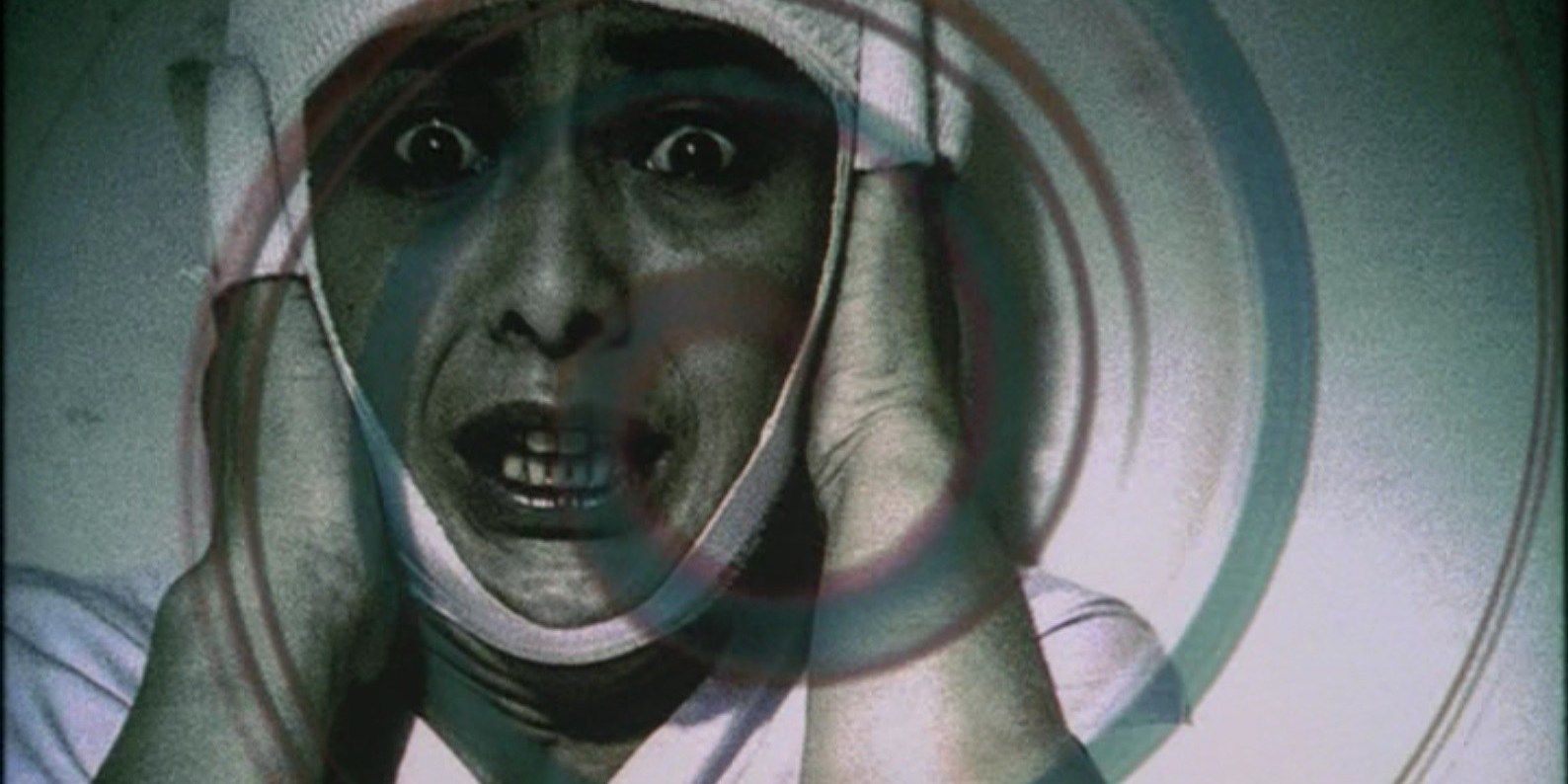
Based on the manga by legendary horror writer Junji Ito, Uzumaki is set in a small Japanese town that becomes obsessed with spirals. It may not sound scary at first but the film is full of grotesque and surreal imagery as spirals begin to appear everywhere and some characters begin to force their bodies into spiral shapes. The story is very influenced by the horror of H.P.Lovecraft; the mystery of the spiral begins to reveal dark and ancient secrets about the town, all of which make the spirals’ unexplainable threat far more dangerous.
Prince of Darkness (1987) – 58%
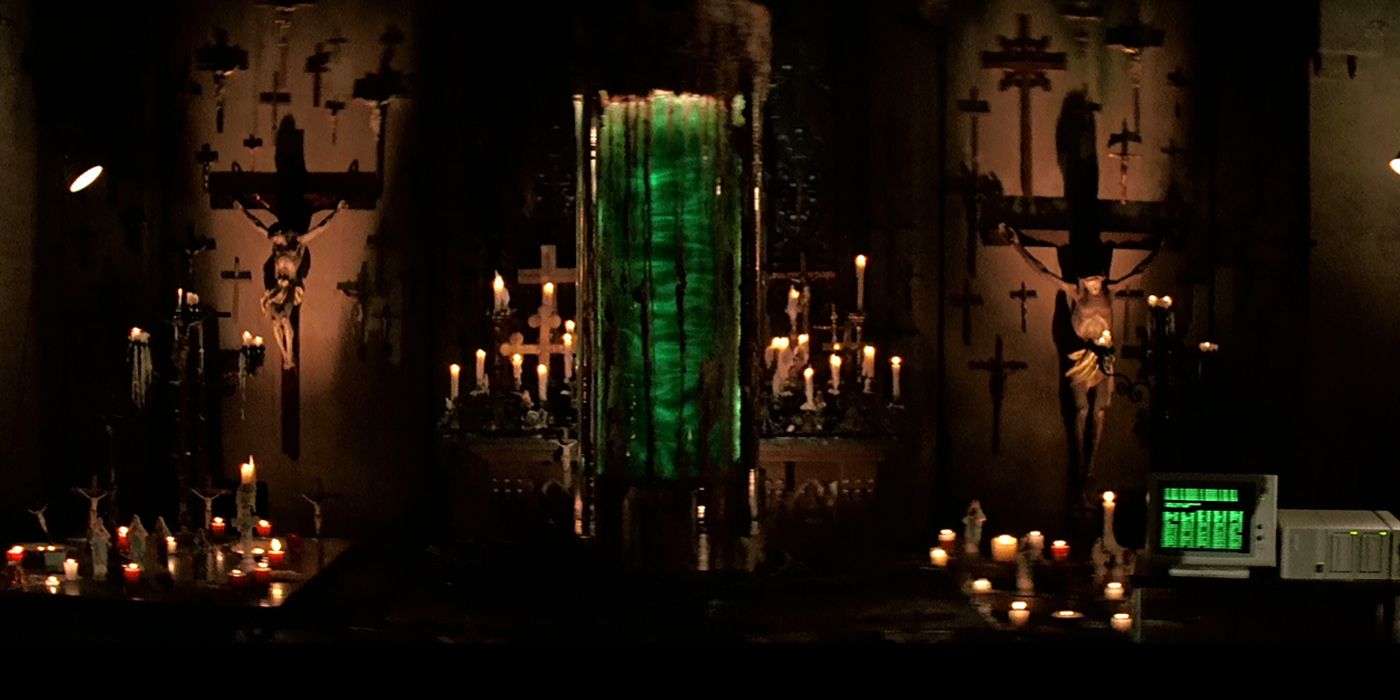
John Carpenter was inspired to make this film after he thought horror movies were becoming too conventional. Rather than scare people with a familiar creature or slasher villain, Carpenter wanted to scare people in a way that they hadn’t been before. A supernatural and threatening presence is felt by both a priest and a professor of quantum physics. The characters essentially fight against nothing, as reality itself has come under threat by a presence that manifests itself in insects, computer programs or ancient green ooze, rather than a physical body.
In the Mouth of Madness (1994) – 59%
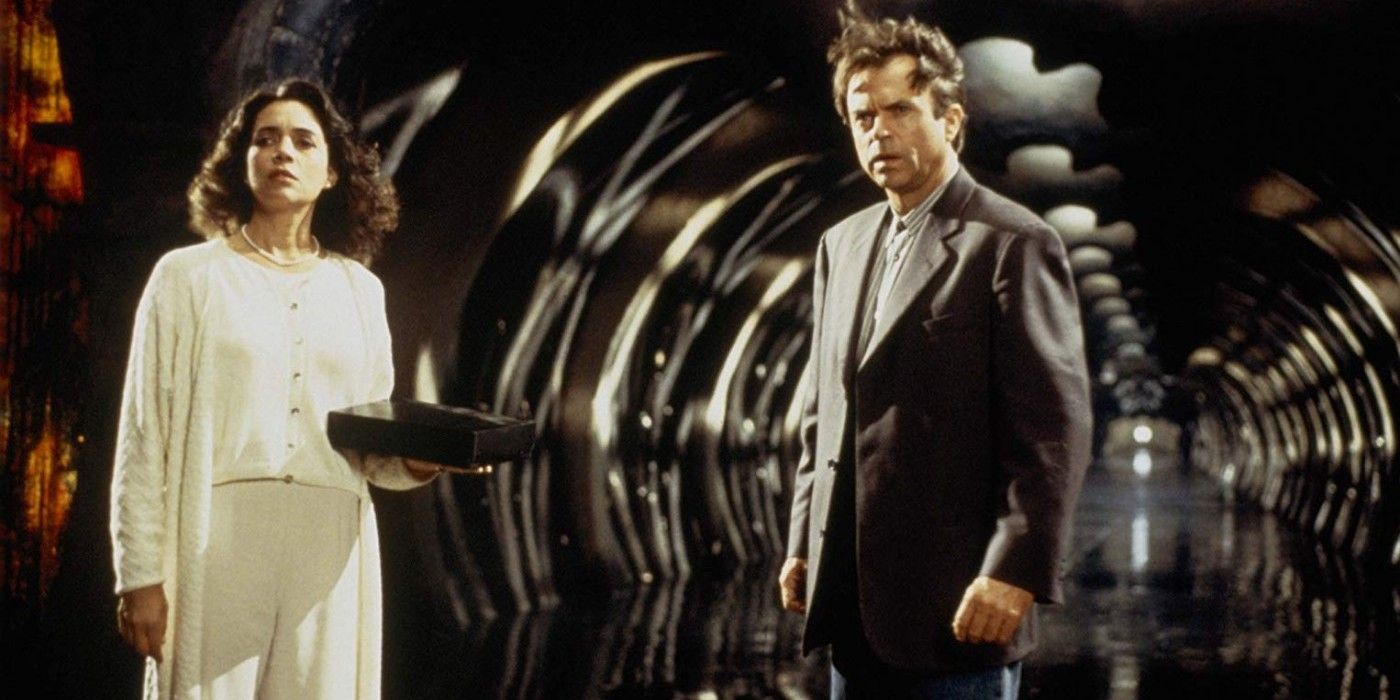
Another John Carpenter (and Sam Neil) film and the third in his informal Apocalypse trilogy. Taking heavy influence from the stories of H.P.Lovecraft (who was essentially the godfather of the genre) the film pays homage to several of the author’s main tropes. Sam Neil plays an insurance investigator who has been locked in an asylum.
The film plays in flashback as he recounts his story which involves murder, books that drive the reader mad, and an ancient race of creatures, and is meant to make the audience as crazy as the narrator.
Pulse (2001) – 74%

Released at the height of the J-Horror wave, Kiyoshi Kurosawa’s Pulse still remains as one of the most terrifying a portrait of loneliness. Three separate characters are each visited by the spirit of a lost soul, torn apart by isolation, that appears to exist on the internet. The film has a very bleak atmosphere and seems to place its characters in a world that is very unwelcoming. Things only get more unsettling as the spirit begins to push into the real world, driving the story to places that are as depressing as they are terrifying.
The Void (2016) – 78%
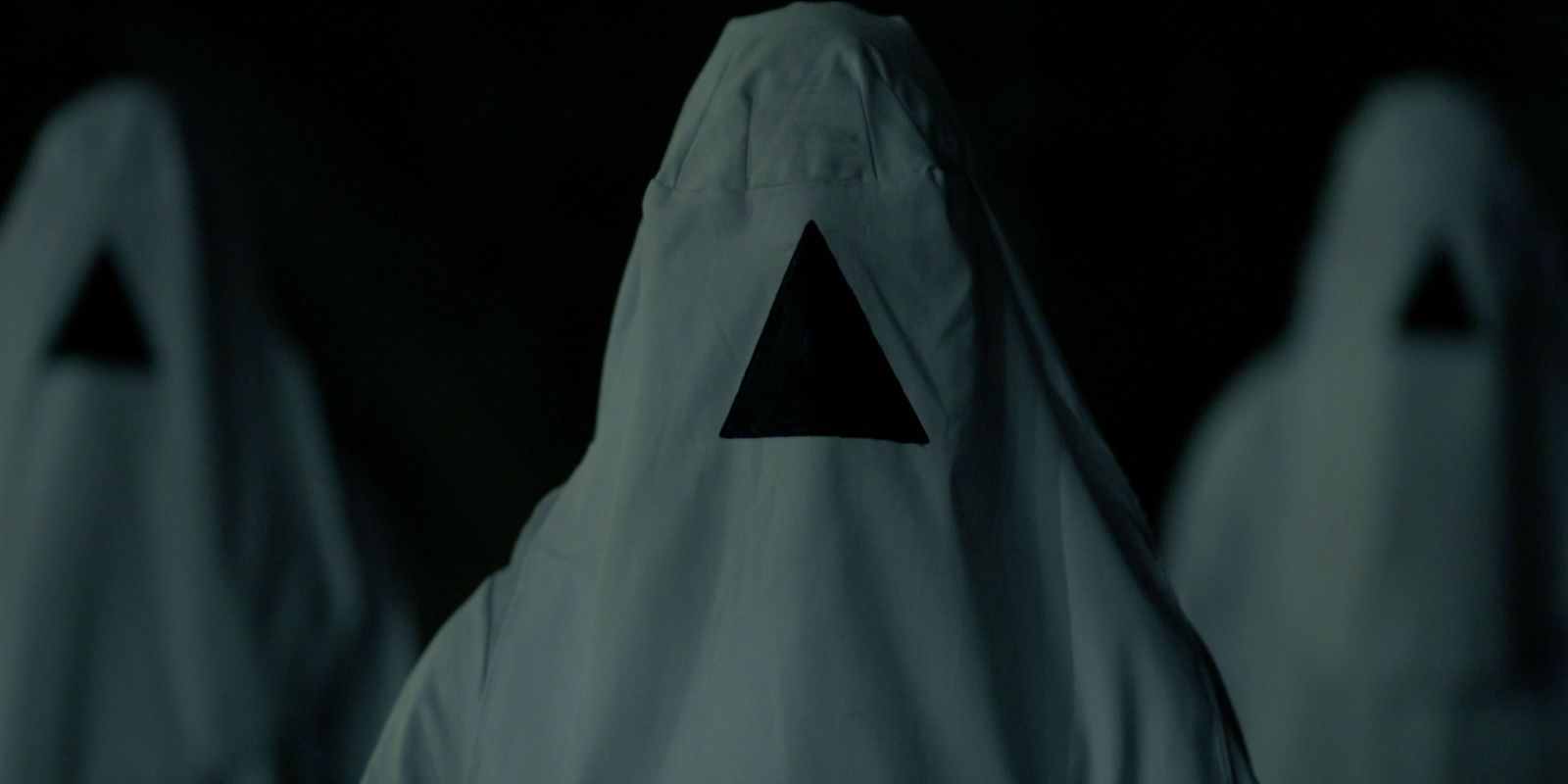
The Void is a great throwback to the filmmaking of the 1980s. It begins with a pulpy set-up; a police officer finds himself stuck in a hospital with a few doctors and some patients, as the building is surrounded by a group of cultists.
It becomes a tense close-quarters action/horror film as the cast try and find a way out of the hospital, only to discover that some unknown creature is inside with them. Blending digital technology with practical effects it creates old-school scares, but on a much larger scale.
The Thing (1982) – 84%
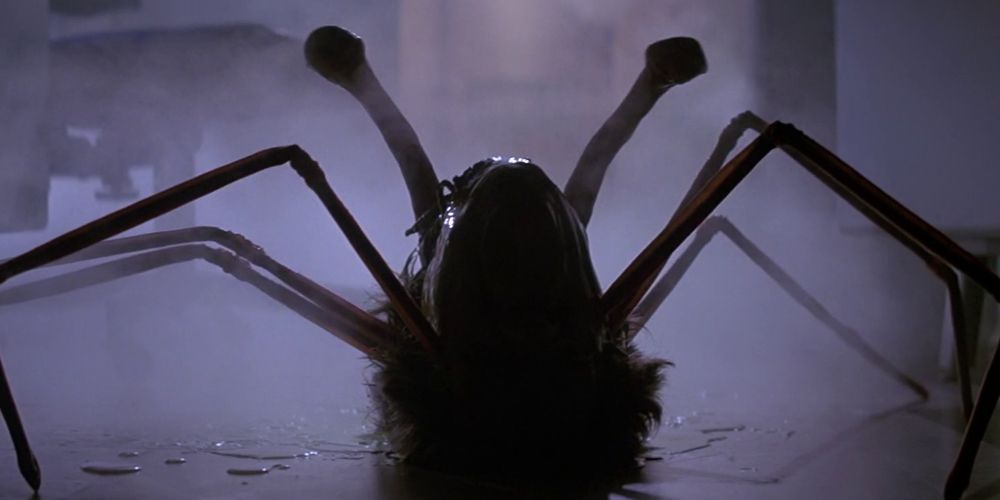
Yet another John Carpenter picture and not just one of his best, but one of the best of the horror genre. Set in an isolated Arctic research post, the crew are ravaged by a shape-shifting and highly dangerous alien. It’s perhaps the most perfect example of cosmic horror the alien has no discernable appearance. Either it appears as an amorphous deadly blob or it impersonates members of the crew causing the audience to radically question who it is they’re watching on screen. The film has some of the best creature effects ever made and one of cinema’s most perfect endings.
Color Out of Space (2019) – 86%
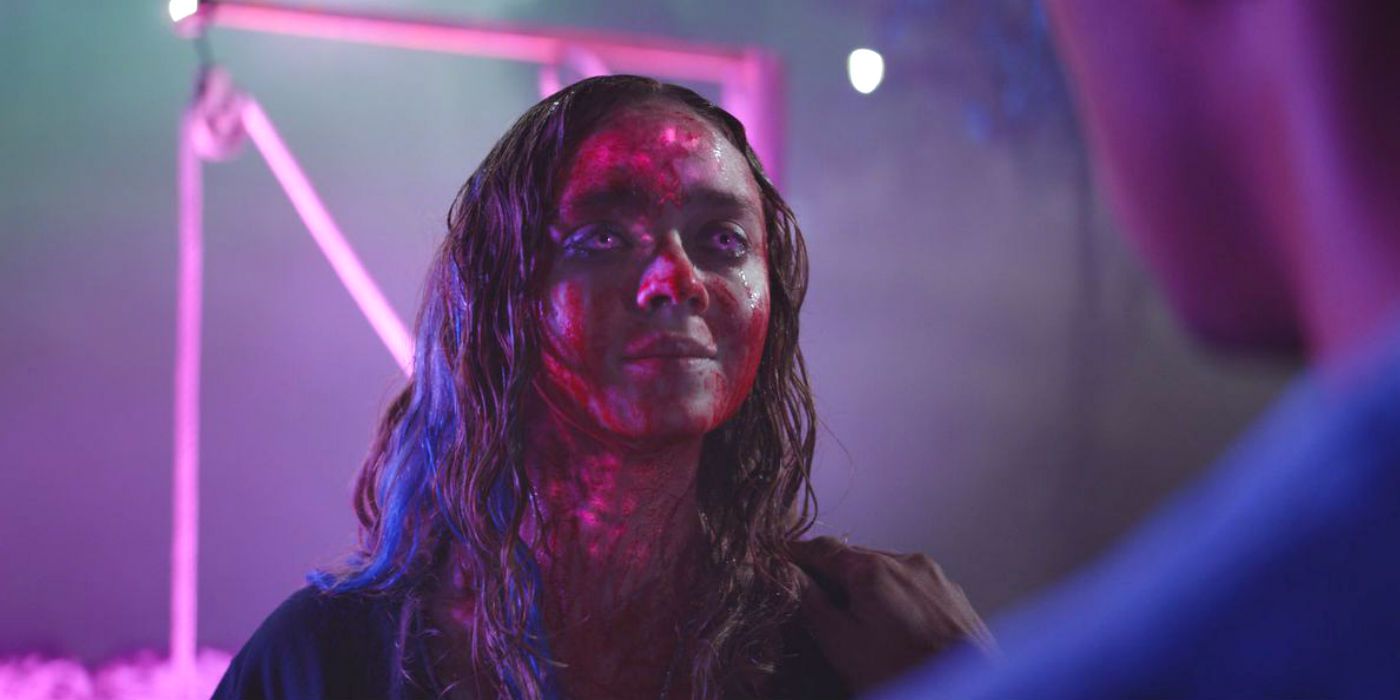
One of the few direct H.P.Lovecraft adaptations to work successfully, this is a Nicholas Cage family drama like no other. The slightly eccentric Gardner family live an idyllic life in their isolated house when they’re disturbed by the crash-landing of a mysterious meteor. While no one is hurt in the crash the meteor begins to omit a weird color that begins to drastically change the landscape around them. It again has a threat that is not explained, but it’s a great example of how cosmic horror can scare more with bright light than some regular horror films can in total darkness.
Annihilation (2018) – 88%
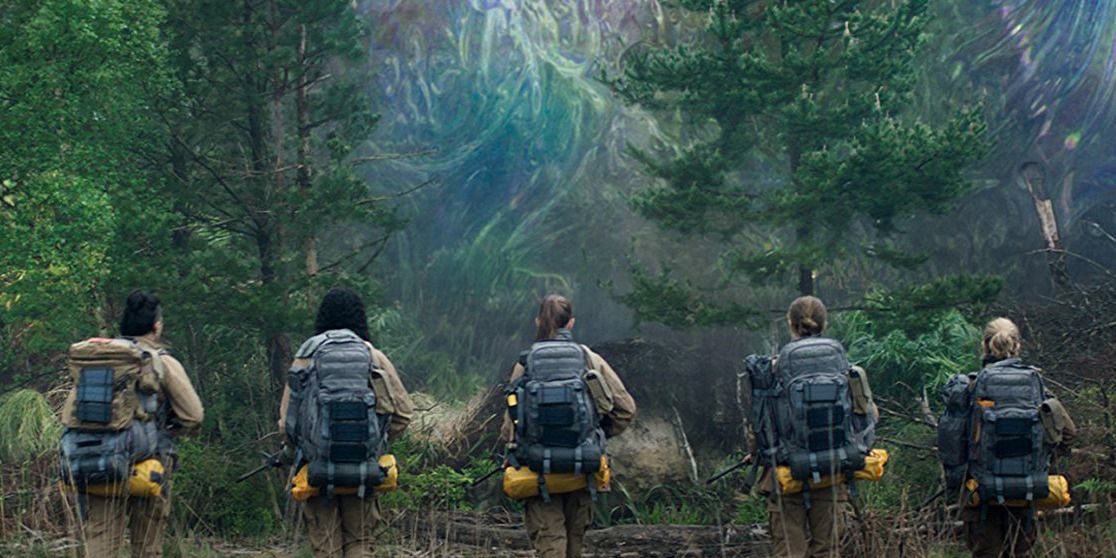
Annihilation is a film so strange and surreal that its soundtrack alone is almost scary enough. Natalie Portman leads a team of scientists through a mysterious curtain of light, caused by a crashed meteor. Everything the light touches is in some way warped and changed, sometimes with beautiful results, others more terrifying.
The film itself goes out of its way to confuse the audience, but in doing so it presents some of the strangest imagery and most original filmmaking in recent history. In many ways its a body horror film, enhanced with a psychological twist.
The Endless (2018) – 92%
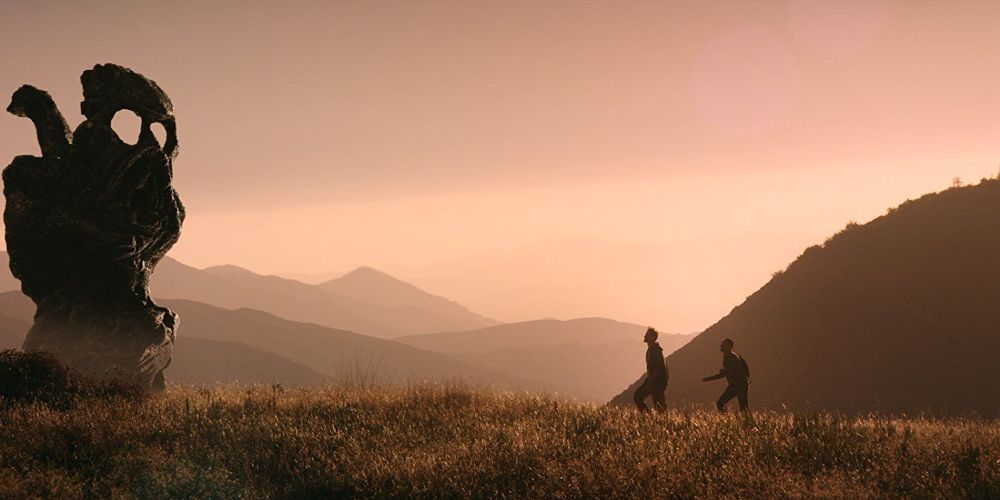
A great example of less being more. The Endless is a very low-budget film, with a highly clever script. It begins with two brothers, who had previously escaped a religious cult, returning to the cult to see if it is as bad as they remember. What at first seems like an idyllic life, suddenly grows stranger as the brothers begin to suspect that there is something lurking in the shadows beyond the camp. Relying entirely on bizarre imagery and small, but effective, use of CGI the film manages to do more than most bigger-budget films. While it is heavily influenced by the traditions of the genre, it remains surprisingly unique.




